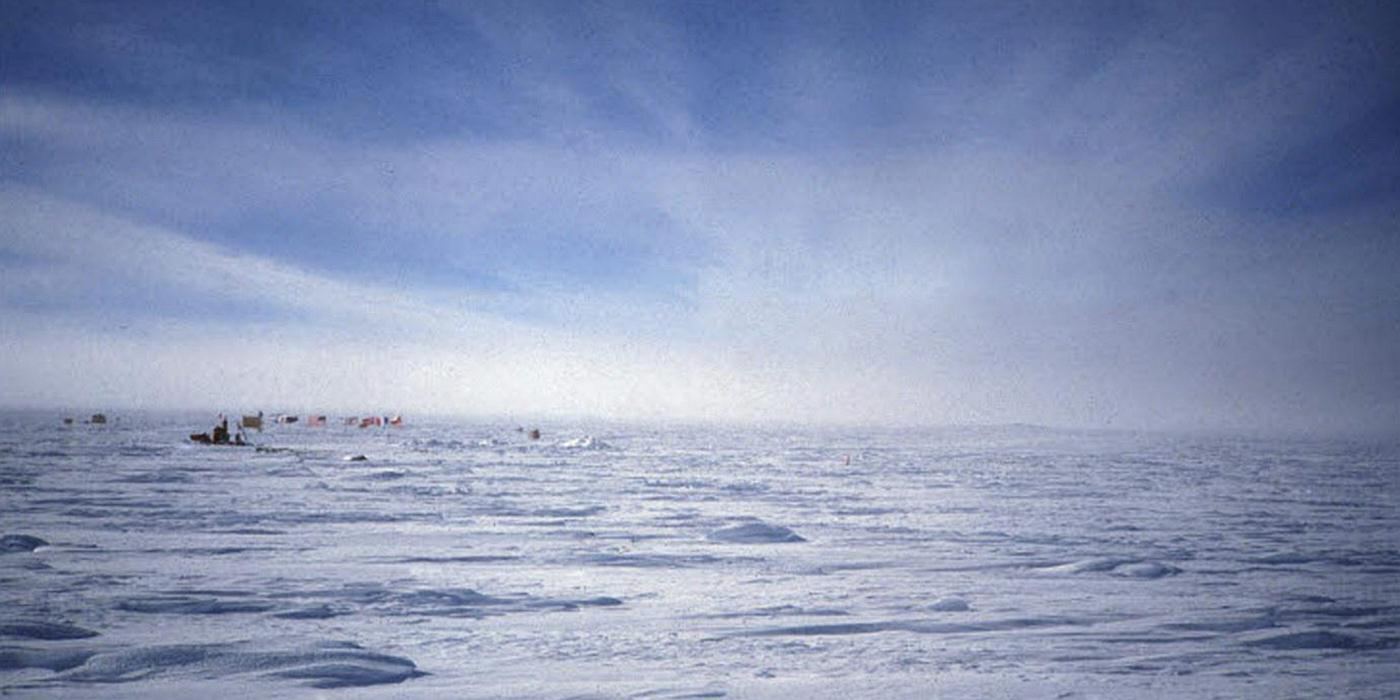Name Born Died Age at Mission Lunar EVA dates Employer
first step
1. Neil August 5, 1930 38y 11m 15d Apollo 11 July 21, 1969 NASA
Armstrong
2. Buzz January 20, 19303 9y 6m 0d Apollo 11 Air Force
Aldrin
3. Pete June 2, 1930 39y 5m 17d Apollo 12 November Navy
Conrad July 8, 1999 19–20, 1969
4. Alan March 15, 1932 37y 8m 4d Apollo 12 Navy
Bean
5. Alan November 18, 1923 47y 2m 18d Apollo 14 February Navy
Shepard July 21, 1998 5–6, 1971
6. Edgar September 17, 1930 40y 4m 19d Apollo 14 Navy
Mitchell
7. David June 6, 1932 39y 1m 25d Apollo 15 July 31 – Air Force
Scott August 2, 1971
8. James March 17, 1930 41y 4m 14d Apollo 15 Air Force
Irwin August 8, 1991
9. John W. September 24, 1930 41y 6m 28d Apollo 16 April 21–23, 1972 Navy
Young
10. Charles October 3, 1935 36y 6m 18d Apollo 16 Air Force
Duke
11. Eugene March 14, 1934 38y 9m 7d Apollo 17 December Navy
Cernan 11–14, 1972
12. Harrison July 3, 1935 37y 5m 8d Apollo 17 NASA
Schmitt





Sorry, comments are closed for this post.